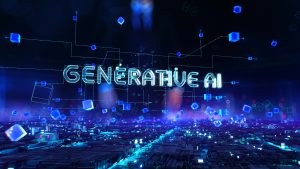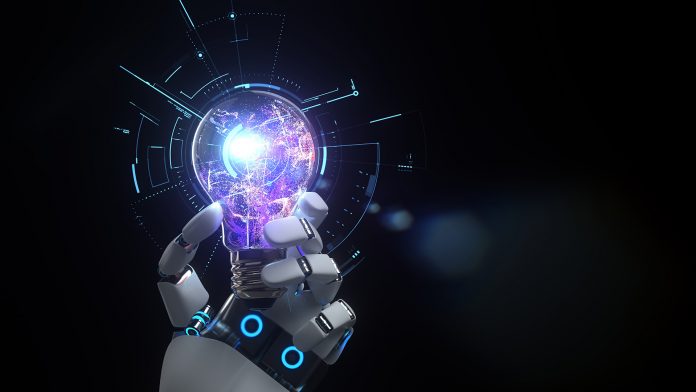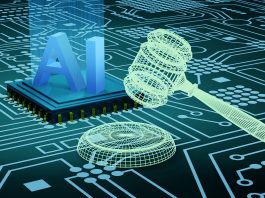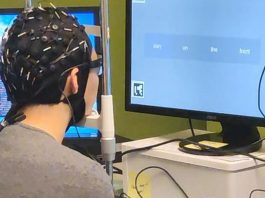Simon Case, Creative Director at Chromatic, discusses the use of Generative AI in the creative industry and how it can enhance creative performance.
Gen AI has brought about a seismic shift across all manner of industries. In particular, it has radically enhanced tools and processes for creative agencies by streamlining content design and image production.
Fusing classic creative techniques with cutting-edge AI isn’t merely a fleeting fad but a vision of artistic expression’s future. Whether creating digital art or building innovative brand-building campaigns, Gen AI has opened up vast possibilities for creative agencies like us to expand and enrich the work we produce for clients.
This technology should not be perceived as a threat despite a certain level of scepticism. Even seasoned artists occasionally find themselves in the grip of what we call ‘artist’s block’ – a period of creative stagnation. This isn’t an indication of an artist’s imaginative incapacity. Instead, it’s a manifestation of various factors such as emotional burnout, lack of motivation or personal distractions. Generative AI can be invaluable in these instances, providing the spark needed to ignite creativity and navigate past the blockage.
It is crucial to understand that Generative AI serves as a repository for information. If an artist seeks inspiration, input from ChatGPT could reveal previously unexplored artwork or pieces that might reignite their creative flow. Think of it as exploring multiple art museums or delving into the archives of hundreds of authors, each offering a unique perspective and style. The only difference is it is all achieved within just a few minutes.
The benefits of using Gen AI in the creative industry
This technology, without a doubt, revolutionises creative work, making designers’ jobs faster and more efficient. It helps enhance productivity, as reliance on generative AI tools employing natural language can save significant time and effort in generating fresh ideas or drafting text. While some time will still be devoted to correcting and tweaking the AI’s output, the overall progress of creative projects is much quicker.
As more people master ‘prompt engineering’ – the art of asking Artificial Intelligence the specific questions required to achieve the desired outcome, they can leverage the machine to create substantial and relevant content, which only requires a bit of polishing before deployment. Some creatives can take it further by using advanced voice-to-text algorithms, allowing them to relay instructions to Gen AI. Therefore, rather than focusing on the tool, agencies should focus on what benefits it can deliver.
Practical uses of Gen AI in a creative project
One of the projects where Gen AI proved invaluable was a new US National Security tech brand, Vibrint. The brand evoked the dynamic, multi-layered nature of intelligence analysis and decision-making.

To project vibrancy and dynamism, a series of fluid, ever-changing animations and images were created using Gen AI to capture the idea that intelligence is organic and kinetic.
Finally, the concept of a falcon’s eye view has been carried through into photography – sharply in focus and seen from above. To help us achieve the best results, various static and moving imagery AI tools were used.
Dall-E3 (through ChatGPT) and Midjourney: Crafting prompts
Both tools have been essential in generating static images. However, to direct the creation process, the AI tools must be fed with a comprehensive and descriptive set of instructions. The text input should encompass various elements, such as subject matter, style, aesthetics, composition, theme or mood, and contextual details.
Even more specific requirements, such as lighting, photographic dimensions, and perspective details, can be incorporated into the prompt, with the option to provide an image as a reference. Crafting a well-structured prompt is vital, as it steers the AI towards accurately capturing the envisioned concept and generating an image that aligns closely with the desired result.
Therefore, it might require fine-tuning to understand which prompts work best.
Runway ML: A technical tool
While less robust than Dall-E and Midjourney, Runway ML holds unique capabilities by crafting moving images. In its specific use case, it assists in image expansion, creating cohesive extensions of the background and foreground that seamlessly blend with the original image. It also excels at upscaling, adding fine detail to images of lower resolution.
Most notably, Runway ML has the capacity to transform a straightforward written prompt or static image input into dynamic video content, embodying the ability to interpret the provided data and animate it successfully.
Fusion of man and machine
Gen AI allows creative agencies to move beyond traditional design concepts to create distinctive and intricate artwork based on predefined parameters.
It is also increasingly helpful in undertaking tedious tasks like resizing hundreds of digital adverts while ensuring quality and consistency. Automating a task which would once have taken vast amounts of studio time allows agencies to plough the time saved back into what they do and like best – create.
Gen AI heralds the dawn of a new age in the creative industry. As we navigate this exciting landscape, it’s imperative to remember that, though AI brings forth powerful tools, the soul of any creative project is fundamentally human.
This fusion of man and machine will essentially build the art of the future.









